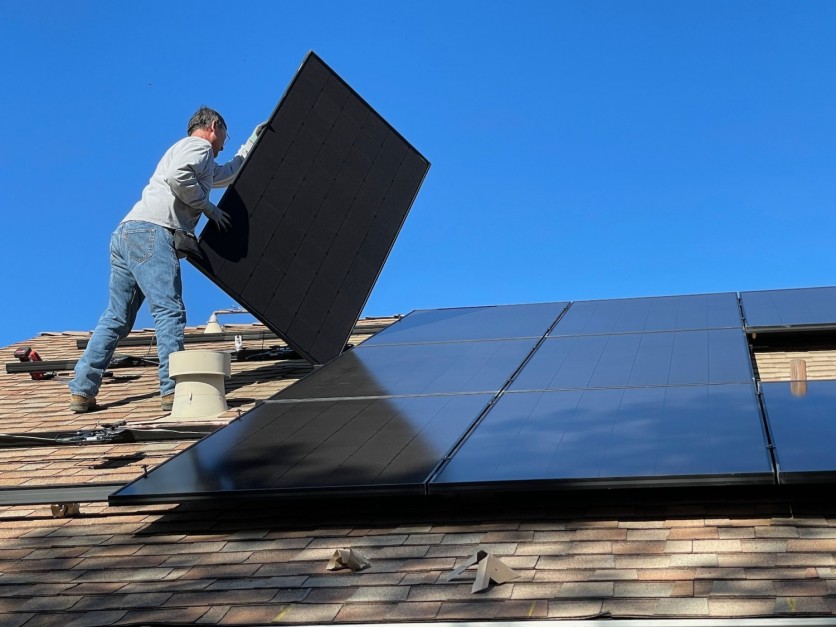
Solar energy is a hot topic. In the past, it has remained stubbornly expensive, especially when it comes to setting up a new solar power system.
Fortunately, over time, a number of factors have made solar energy more affordable. Here are a few of the top ways consumers are accessing affordable solar-sourced electricity in 2023.
1. The Private Sector Pushes for Affordable Solar Power
Historically, solar power systems have been anything but affordable. They require thousands and even tens of thousands of dollars of up-front investment as well as the capital required to maintain a system over time.
Even if a homeowner can count on recuperating these costs over time, the requirement to install a system in the first place rules out many mid and low-income households that are living paycheck to paycheck and lack the available funding.
However, there are companies in the private sector that have been working toward a solution to this initial financial hurdle. PosiGen is one of these. The green solar panel brand offers accessibly priced solar energy systems to those who cannot afford to have them installed.
Each system comes through a leasing program. Eligibility doesn't depend on traditional income requirements or credit scores, though. Instead, homeownership and utility usage are the primary factors. In addition, PosiGen works with each customer to reduce ongoing energy costs. The company offers complimentary home energy efficiency audits for each home where they install one of their systems.
Between the immediate reduction of a leasing program and the ongoing savings of better efficiency, companies like this are helping consumers access solar power at an affordable price point.
2. Solar Power Subsidies Stay in Play
The solar power world may be expensive on the surface, but there are a wide variety of government subsidies that are helping to keep the costs within reason. In recent years, the Federal Government has offered a 26% tax credit on new solar power installations. In August of 2022, that number was raised to 30% for the next decade, with the number decreasing from there until the incentive phases out in 2035 (presumably in the hopes that, by then, solar power will be more affordable).
These tax credits don't stop on the federal level, either. Many state programs help offset the cost of installing a solar power system. For instance, in Arizona - where sunshine is in plentiful supply - residents can tap into a number of different incentives, such as the Inflation Reduction Act and Arizona Residential Solar Energy Tax Credit. Sunrun has assembled details on these incentives for 20 different states, making it quick and easy to look up local subsidies across the country.
3. Selling Solar Power Back to the Grid
Along with affordable installments and government credits, some solar-powered homeowners are cashing in on the value of excess electricity that their home doesn't require. NEM (net energy metering) allows those with solar power systems to redirect the unneeded solar power that their homes produce back into the grid, where it is "stored."
In exchange for the energy, electricity companies usually offer credits to homeowners on their overall electricity bills. These credits sit until there is a cloudy or rainy day when a home cannot create enough electricity on its own and requires external power.
At the end of the day, the homeowner only pays the difference between their usage and their credits. NEM is a great way that those invested in solar power are minimizing ongoing energy costs once a system is up and running.
4. Getting Solar Power Through the Electric Grid
When "solar power" is brought up, it typically invokes images of large systems and sprawling solar panel installations attached to individual homes. But consumers can also invest in solar power through communal solar farms.
For instance, northeastern electricity provider National Grid has created a program called MA Community Solar, in which both homeowners and renters can purchase a share of a solar farm. There are no upfront costs. Instead, subscribers who are already in the company's electricity network agree to purchase clean solar energy. This is even provided at a discount, with a credit appearing on their bill over time.
5. Tapping Into Solar Power Indirectly
Finally, there's the simple fact that many consumers can access affordable solar power through the things that they purchase apart from electricity. Many brands are embracing solar power with open arms, especially as ESG (Environmental, Social, and Governance) initiatives pick up speed.
As ESG 3.0 gains momentum, businesses are looking for ways to apply environmental goals in the real world - including solar power. And, naturally, as companies find more ways to apply eco-friendly standards and reduce their carbon footprints, the benefits are trickling down to consumers.
When a customer purchases food, clothing, or other items created using solar power with minimal mark-ups, they're indirectly benefiting as solar power becomes more common across the board.
From leasing a system to cashing in on subsidies, selling excess solar power back to the grid, and more, there are plenty of ways consumers are accessing solar energy at an affordable price point. It's an exciting development in a critical area as the push for sustainable energy continues to gain momentum.
ⓒ 2026 TECHTIMES.com All rights reserved. Do not reproduce without permission.




